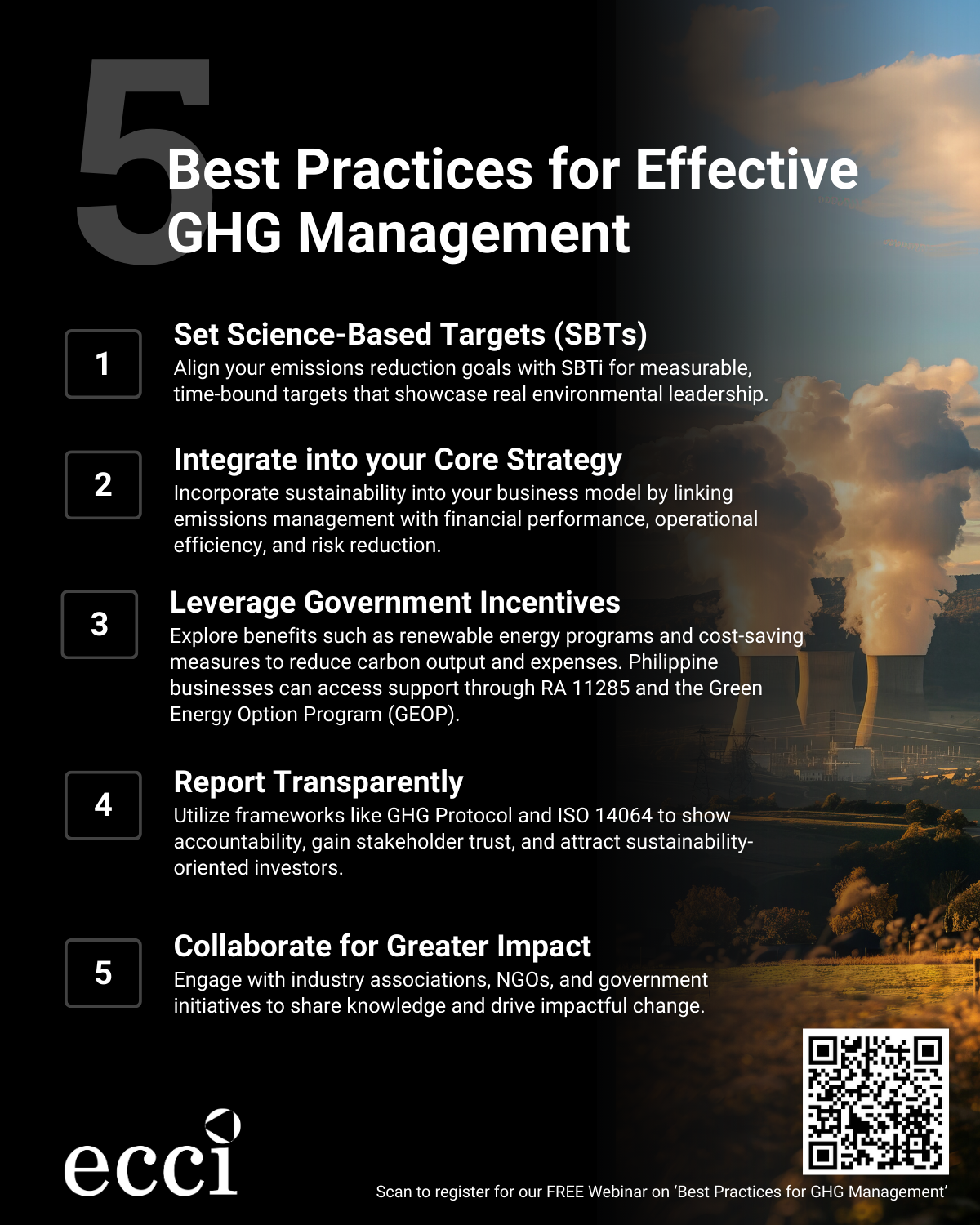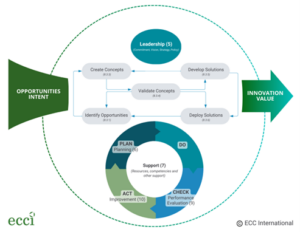Photo Courtesy of fauxels via Pexels
What is TQM?
A study published by Gebze Institute of Technology suggests that total quality management (TQM) practices can improve various performances in an organization including operational, employee and innovation performances.
TQM is “a structured approach to overall organizational management. The focus of the process is to improve the quality of an organization’s outputs through continual improvement of internal practices” (ECCI International). Improving internal processes involve the following:
- detecting and reducing or eliminating errors
- streamlining supply chain management
- improving customer experience
- keeping employees up to speed with training.
The concept of total quality management was introduced by Dr. William Edwards Deming whose contributions to Japanese manufacturing revolutionized quality practices in the industry. Dr. Deming, an esteemed marketing consultant and bestselling author, believes that organizations shall always ensure that internal guidelines and process standards reduce errors in order to improve quality.

Photo Courtesy of Snapwire via Pexels
By implementing TQM, every level of an organization will be better equipped to achieve quality and productivity. One of the objectives of total quality management is to hold workers, supervisors and managers, and other parties in the production process accountable for the overall quality of the product or service. “Quality is everyone’s responsibility,” as TQM proponent Dr. Deming said.
TQM also aims to:
- meet, and exceed, customers’ expectations
- Continuously improve quality
- develop a culture of openness and trust in all levels of the organization.
What are the benefits of total quality management?
Cost reduction – By implementing TQM in your organization, you eliminate nonconforming outputs and repetitive work. Processes are streamlined to ensure the desired results with minimal costs. TQM also frees up management time, which is a significant resource, tackling recurring issues and problems.
Defect reduction – A defective product or service can break a business. “The cost to replace a defective item on the production line is fairly easy to estimate, but the cost of a defective item that goes out to a customer defies measure” Dr. Deming advised. TQM provides a sustainable and long-lasting preventive method by eliminating the roots of defects in the production floor.
Reduce variability, warranty and customer support costs – TQM aims to reduce or eliminate waste or excess cost. Reducing variability tightens the production target range, resulting to cost-efficiency. With TQM, you are able to avoid external failures of a product or service, bringing down warranty and customer support costs.
Helps maintain the consistency of output – TQM refines processes to ensure the consistent production of quality outputs regardless of changes in the workforce.
Customer satisfaction – TQM puts the spotlight on customer experience as the foundation of an organization’s long-term success. Do not simply meet customers’ expectations. Exceed their expectations. Delight them.
“It will not suffice to have customers that are merely satisfied. An unhappy customer will switch. Unfortunately, a satisfied customer may also switch, on the theory that he could not lose much, and might gain, “according to Dr. Deming.
TQM aims that the cost of doing things right the first time is much lower than the potential cost of re-doing things. One of these costs relate to a dissatisfied customer. The cost of poor quality have unquantifiable impact because the moment the company is unable to salvage the customer and they have decided to abandon products and businesses for quality reasons, the losses are too great that these “defy measure”.
How do you implement TQM in your organization?
How will your business begin incorporating total quality management into your processes?
I. Understand one of the foundations of TQM, the PDCA Cycle.
The Plan-Do-Check-Act (PDCA) Cycle, also referred to as the TQM Cycle outlines the basic steps for ensuring improvement in internal practices:
PLAN – Discover and define the needs and expectations of customers and the objectives of the organizations; establish the processes and resources needed to fulfill requirements; Identify operational issues, challenges and areas for improvement and map out appropriate action plans
DO – Implement the processes and action plans
CHECKING – Monitor and measure the processes and its outputs against the objectives; Report the results of the monitoring and measurement.
ACT – take appropriate actions to improve performance
The PDCA is a problem-solving framework that can help in the implementation of TQM strategies. It is an enabler to explore the domains of solutions to problems. The PDCA is cost-efficient as it prevents the implementation of an ineffective solution on a wide scale.
Note that the involvement of employees, workers and officers is critical. Researchers from Gebze Institute of Technology concluded that continuous improvement and employee engagement are the major tenets of TQM practices.
II. Work with skilled TQM consultants.
Let the professionals guide you in implementing TQM principles, practices, tools and techniques to improve the quality and productivity of your organization. The consultants will be with you all the way in the realization of your total quality management journey.
Do you need help improving the quality of your outputs and internal practices? Talk to an ECCI consultant today!









